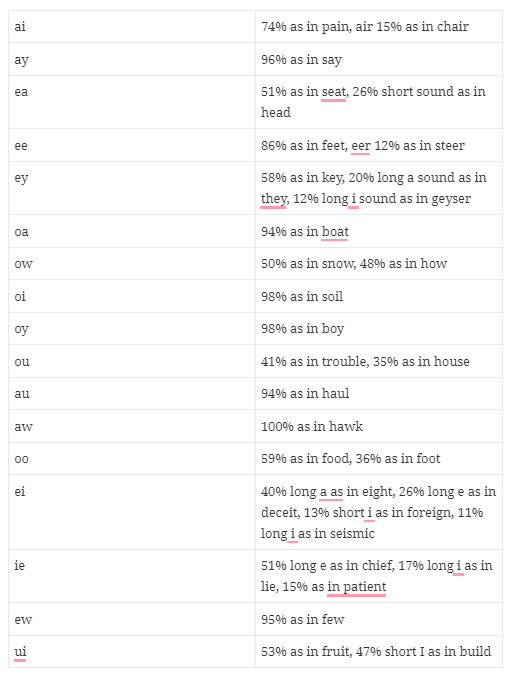Donations are appreciated! All donations support the high maintenance fees of this unsponsored website. Thank you!
Mentor Texts for Phonetic Elements
Mentor texts for phonetic elements can be incredibly helpful for teaching phonetic elements in several ways:
- Modeling Correct Pronunciation and Spelling: Mentor texts often contain well-structured examples of phonetic elements in context. Students can see how phonetic rules apply in real words and sentences by analyzing these texts, helping them understand the relationship between sounds and spelling.
- Contextual Learning: Rather than isolating phonetic elements, mentor texts provide them within meaningful contexts. This can help students see how phonetic patterns function in actual writing, which can improve their ability to recognize and use these patterns in their own writing.
- Reinforcing Patterns: Texts that highlight specific phonetic patterns (such as vowel teams or consonant blends) allow students to see multiple examples of these patterns in action. Repetition within different contexts helps reinforce their understanding and application.
- Enhancing Vocabulary: Mentor texts often introduce students to new vocabulary words that feature the phonetic elements being studied. This not only supports phonetic learning but also enriches students’ vocabulary.
- Improving Fluency: Exposure to well-written texts helps students develop a sense of how fluent, natural reading should sound. As they recognize phonetic patterns in these texts, they become better at decoding words and improving their overall reading fluency.
- Encouraging Analytical Thinking: By discussing mentor texts, students can analyze how authors use phonetic elements effectively. This critical thinking about language can deepen their understanding and help them apply phonetic rules more flexibly.
- Providing Varied Examples: Mentor texts offer diverse examples of how phonetic elements can be used, accommodating different learning styles and helping students grasp the concept through various contexts.
Overall, mentor texts bridge the gap between abstract phonetic rules and their practical application, making phonetic learning more engaging and effective.
Here are Mentor Texts for Phonetic Elements
Short a and ank Mentor Texts
Short i, ing, ink Mentor Texts
R Controlled Vowels and Diphthongs Mentor Texts
Facts About Silent E ~ “Magic e”
-
Silent e usually makes the vowel says its name, not its sound, as in rake, Pete, bike, rode, tube.
-
Silent e helps keep some words from looking like plurals, as in please ~ not pleas, and house ~ not hous.
-
The letter v does not appear at the end of words, so the silent e gives these words orthographic regularity, as in dove, love, shove, have.
-
The silent e indicates when the letter g or c stands for its soft sound, as in cage or race.
In addition to silent e, many vowel spellings are formed by vowel digraphs, also known as vowel pairs or teams. This chart shows the predictability of various vowel digraphs. Spelling Frequency

You can use the above books to teach phonetic elements, or get. . .
Copyright 11/29/2012
Edited 04/30/2023
Copyscape alerts me to duplicate content. Please respect my work.

![]()

